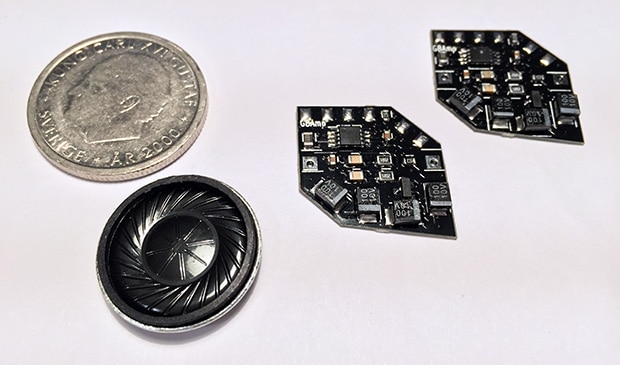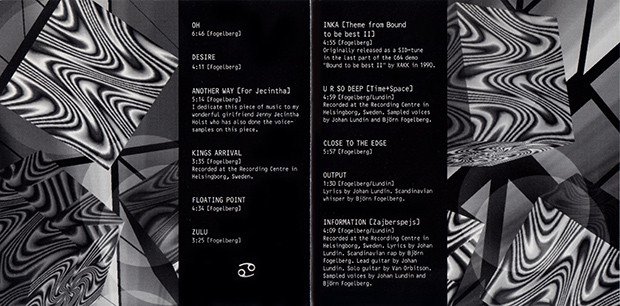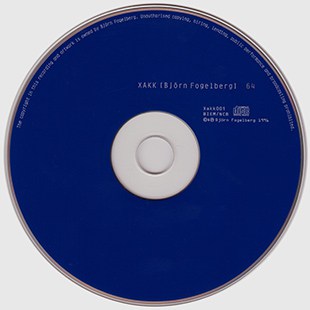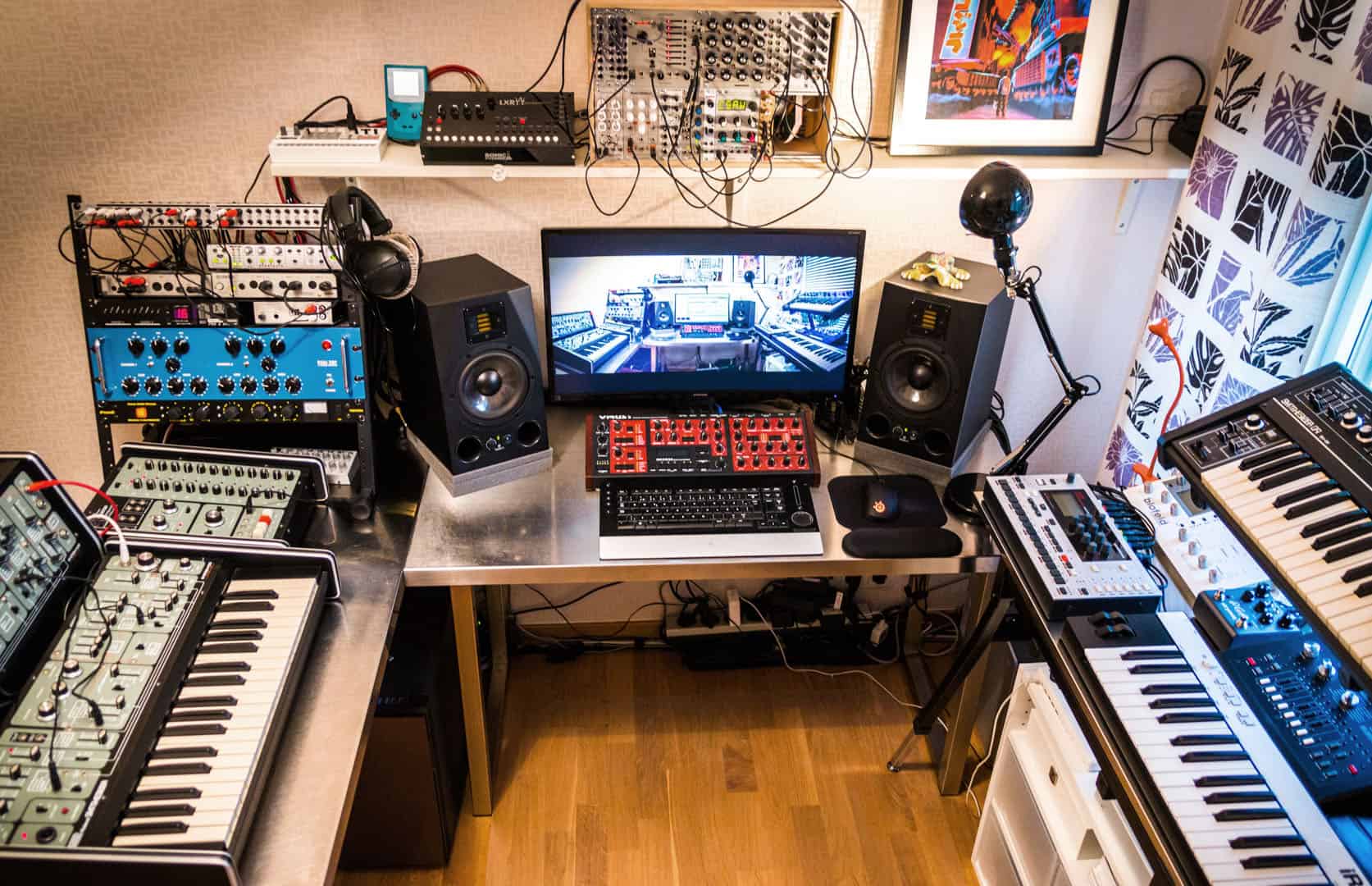It being close to 20 years ago since I produced and released my debut CD album 64, I thought I should write a few words about that whole process. Technology has evolved so much during these 20 years. Even the thought of putting music on a piece of plastic seems a bit strange today..
I guess I got the idea of releasing my own CD when I met Norwegian composer and Amiga legend Bjorn Lynne while visiting The Gathering in Norway. He was selling his CDs at a table and I thought, hey I could do that as well: producing my own and market / sell it myself. I have tried for several years to get a record deal but to no avail. The cost of printing CD:s had gone down quite significantly in the mid 90s, especially if you hired a service outside of Sweden, like in Germany. I figured I could easily sell a few hundred copies to people who knew me from my days as a musician on the Commodore 64 and to other persons interested in the demo scene.
So I started to form a plan on how to get it done. I had a bunch of finished songs from around 90-93. They were all produced with the sequencer software Dr T on my Amiga 500 and a cheap Roland D-110 sound module. The music was recorded on a four track tape recorder, called a porta-studio. In the mid 90s I had bought some more synths and gear and wanted to use that to make my older tunes sound a bit less.. 80s and digital. Also the sound quality of porta-studio recordings wasn’t exactly CD-quality. I figured I would have to get hold of more hardware and re-record everything again.
In August 1996 I had saved up enough money to buy a decent PC. I got one with a good sound card, a Turtle Beach Tropez+ capable of recording one 16 bit stereo track at a time. I started to re-record all my old tracks and a few new ones made together with my friend Johan Lundin. I used the Amiga as a sequencer and recorded everything to the PC in one take, wet with effects and everything. On the PC I used Cooledit’95 for basic editing and SAW Plus for multi-track stuff and basic EQ. I didn’t really understand how a compressor worked at the time so I set the volume of all tracks individually, so they would fit together on the CD.






